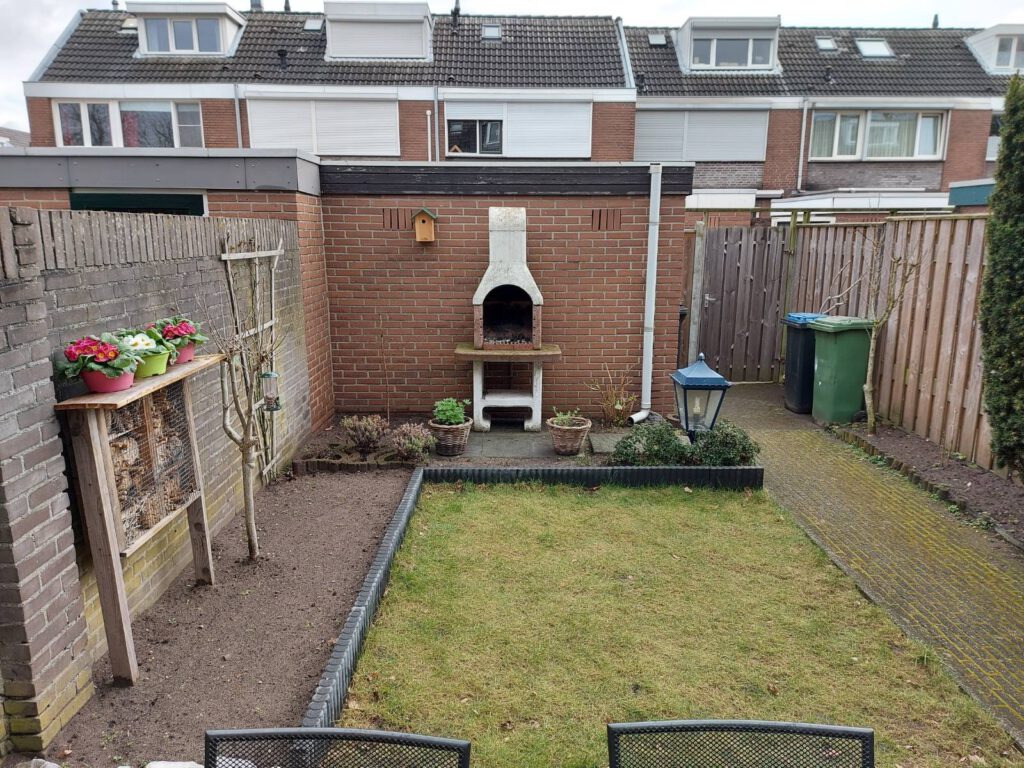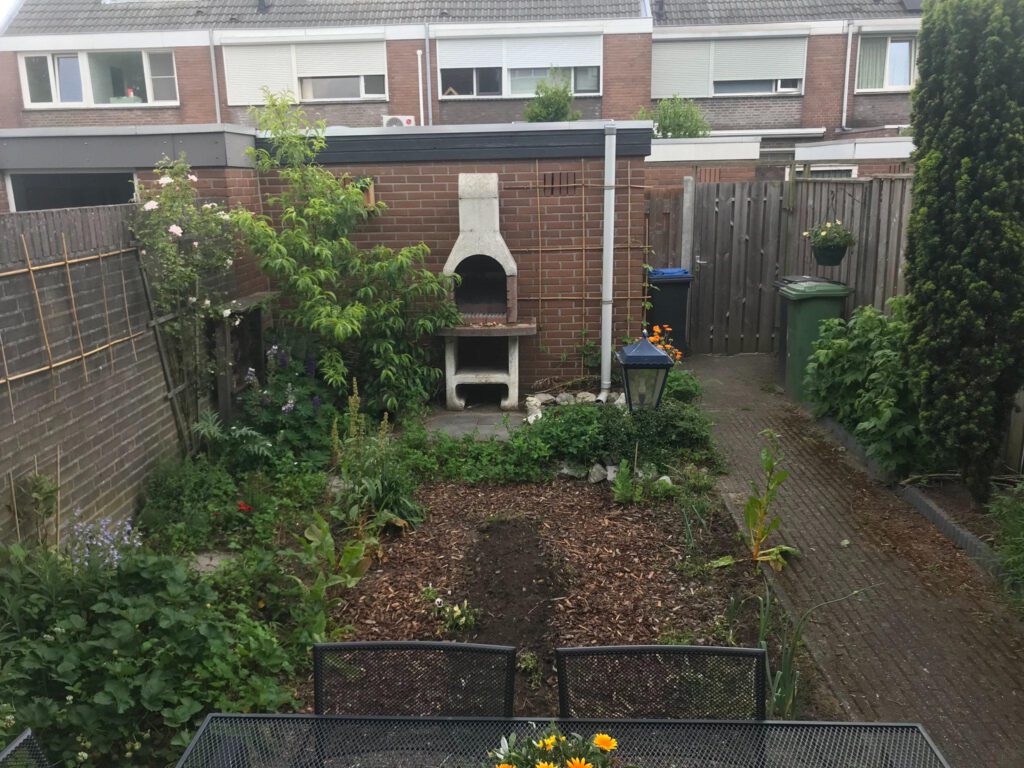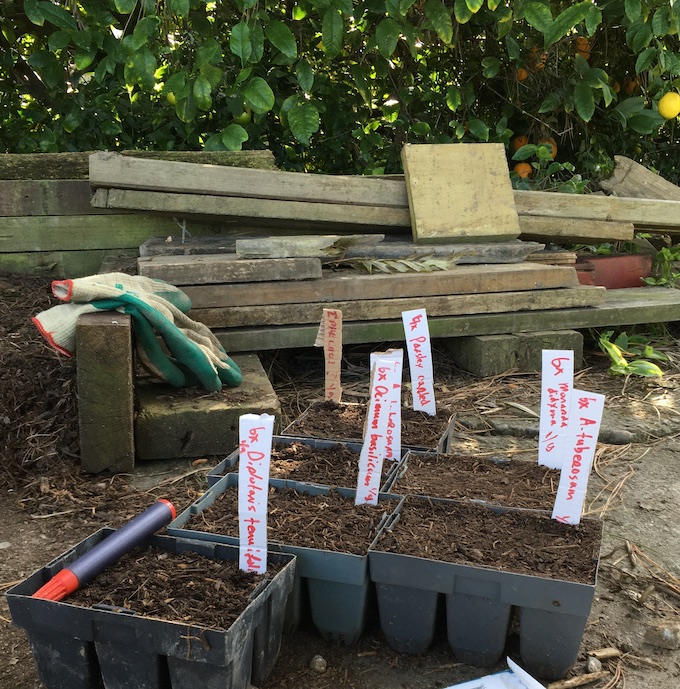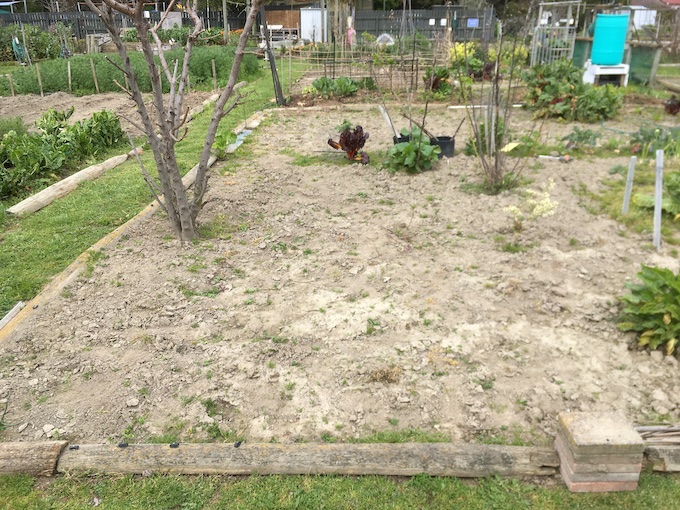How to start a Permaculture garden in New Zealand? This question has been on my mind long before we even moved to beautiful Aotearoa / New Zealand. Many permaculture dreams, wild hopes and crazy ideas grew abundantly in my head way before we had even set foot in NZ. When we did arrive, we had no seeds or plants. Access to land for a garden was non-existent. Yet the winter was coming to an end and I had heaps of motivation to get started.
Follow along in this series of posts if you’re interested in how I started a permaculture garden in New Zealand from scratch. Growing some of our own food. Learning, failing and succeeding (i.e. eating) along the way! I started with only some prior knowledge about permaculture and gardening and little else.
How to start gardening
For the past few years my learning curve has been pretty steep. I started (like many of us in the younger generations) with zero knowledge about how to grow my own food. Nada, noppes, kore, nothing! Most of us are technology-savvy (and dependent?). Yet as city dwelling youngsters we simply haven’t had the exposure to growing food. No grannies teaching us the basics before we could barely walk. No educations systems that prioritise basic life-skills.
So how did I start to learn about gardening? Well, the external brain most of us can’t live without anymore: internet! The time-consuming, attention-grabbing, rabbit-hole containing beauty of endless knowledge (and BS!). Wandering around, at some point the word Permaculture popped up. And depending on who you ask, the definition can differ quite a bit. It’s a design method, philosophy and global movement all in one.
Here’s my working definition of what Permaculture is:
What is permaculture?
Permaculture is a way of designing the human environment. It is inspired by ecosystems and observing patterns. Focusing on the needs of humans and all other living beings. Taking into account the long-term requirements for the systems to thrive.
Remixed collection from many different sources collected over many years
Don’t worry if this doesn’t make any sense yet. It takes some time to wrap your head around some of these concepts. My hope is that some of my writings can help in this process. And maybe inspire to start learning about and exploring ways to grow your own garden!


Out of learning about Permaculture an interest in food forests grew quickly and vigorously. A related topic to which I will come back to in-depth (and many times) later on! Personally, I think food forests should be a focus in most food producing systems. Yet, these take time to establish and are quite complex. So, in the mean time we can look at all other kinds of possibilities to grow food.
How I started gardening
I was very lucky to have access to a small piece of land to garden on in the place we lived before we moved down South. This allowed me to read a few things online and experiment with them in real life. I tried to observe what worked, and more importantly what didn’t.
Permaculture or not, the main thing is to simply get started somehow, somewhere! Don’t end up in analysis paralysis. Remember, most of the actual hard work (i.e. growing) will be done by the plants themselves! Start observing (see below), get some seeds and get growing.

How to get land to grow food
Not “owning” any land can feel like an insurmountable barrier to gardening, right? I certainly was worried about this aspect. Yet it doesn’t have to be! Rather than seeing the limitations, try to think in possibilities. Can you grow some herbs in pots on your balcony? Can you build some raised beds on concrete pavement not currently in use? Maybe the local school has a corner they can share in return for some of the harvest? Get creative about how you can start growing. As long as you start, it means you can start learning. Most likely along the way other opportunities will open up!
I had the fear of not being able to do any gardening for the first few months after arriving. Luckily, I was tipped about our local community gardens. So I rocked up to one of their working bees to volunteer and help out. Within no time I got the chance to take over half of a garden plot from someone! And, closer to home: I’m also allowed to work in the garden of the people we are staying with. Start talking to people and express that you’re interested in growing food. Amazing connections can sprout from seemingly simple conversations!

First steps towards a permaculture garden
I showed up to the plot after having cycled against a strong head wind. Sweaty, panting and ready to get dirty! However, I was also quite hungry. So I decided to have some lunch first. This allowed me to sit down and slow down. I ended up spending the entire afternoon in the garden, but not doing anything! Wait, what?
To start a Permaculture garden ideally means taking a step back. Not in time-scale, but in action. Start with observing, with doing “nothing”. This is likely the most difficult yet most important thing. A skill I will probably always struggle with (who’s with me on this one?). Although, I have gotten much better over the years as I practiced actively.
Observation, observation, observation
What do you see, hear, smell? Maybe even taste? As a lot of plants considered “weeds” are often edible. What grows there already? What does the soil feel like, look like, smell like? Is there anyone around that knows some of the history the land? You can zoom in as much as you want. Or zoom out as much as you’re comfortable with. Remember that it’s a process not an end point. Dare to do “nothing” for a bit!
For example, I walked around to observe the plots from others. There are a lot of different gardening styles on such a small area! Some plots were completely bare, others covered in plants. There’s “conserve water!” signs next to all the water taps. The community gardens are located on grounds owned by the university. And so the list goes on…
I will share more of the observations I made in the next post. This one’s long enough as it is. Now get outside and may the observations be rich and the inspiration flow!


Hello, the “series of posts” link in paragraph 2 is broken.
Hi Lola, thanks for pointing that out! It should work now that I added the correct link….